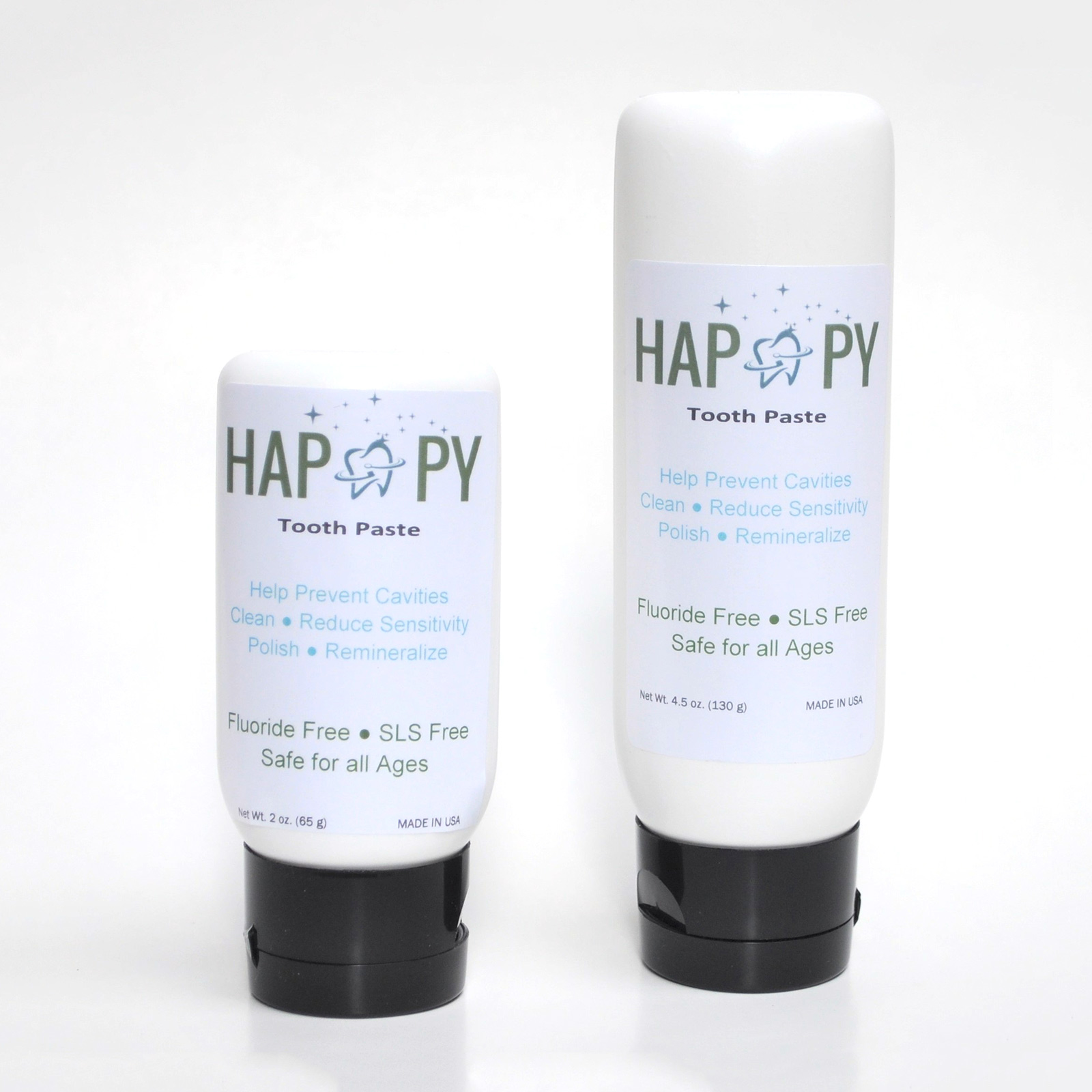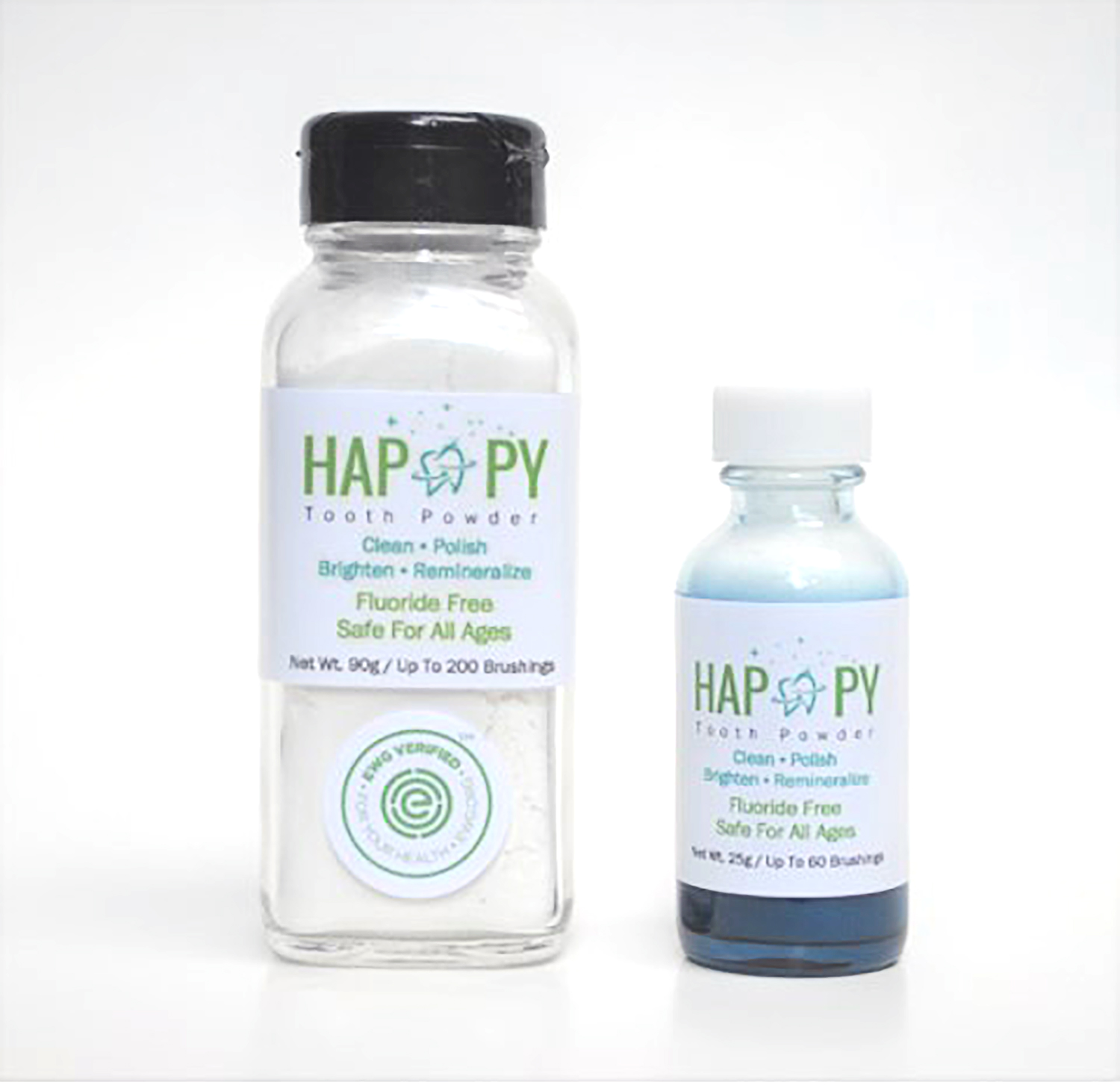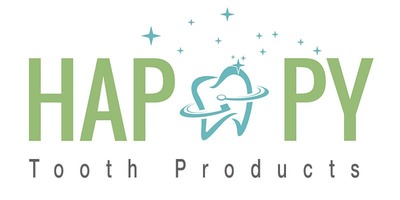

We love hearing from customers how HAPPY Tooth Powder has
- Arrested their existing cavities,
- Reduced their teeth sensitivity,
- Whitened and brightened their teeth,
- And more
“It’s the first night of use with your tooth powder and I can’t even explain to you how WONDERFUL my teeth and my gums feel like!!!!! They feel so clean and refreshed. I feel rest assured my children are using a wonderful product that is safe to swallow. They loved the watermelon flavor.”
“I have been using Happy Tooth Powder for five months and am happy to report my sensitivity has stayed away. I was using Sensodyne toothpaste. This past month I went on a two week trip and forgot my tooth powder. Within 10 days, using regular toothpaste, my sensitivity reappeared!! Upon returning home and using Happy Tooth Powder, my sensitivity was gone in about 3 days. It truly stops sensitivity. And my teeth look clean and brighter than ever.”
“ I’m loving the tooth powder that I received!! My teeth look clean, bright, and whiter! ”
These testimonials show that our products work to improve oral care without harmful chemicals. But now, we also have the best proof to share that this IS true– scientific data.
We had our tooth powder and newly developed toothpaste tested by Therametric Technologies Inc, a dental product testing company. The two tests completed were to examine: Relative dentin abrasion (RDA) and pellicle cleaning ratio (PCR). Dentin abrasion examines how hard a product is on your teeth when cleaning and pellicle cleaning looks at how efficient a product is at cleaning the pellicle layer on enamel to which plaque and stains adheres to. Both products came out with extremely high marks compared to commercial toothpastes. Let us explain the details.
Scientific Tests to Evaluate Tooth Paste Cleaning Effectiveness
In 2011, Therametric Technologies tested 26 commercial toothpastes and published their results in the Journal of Clinical Dentistry (2011;22(1):11-8). These products included toothpastes made by Crest, Colgate, Sensodyne, Tom’s of Maine, and others.
The commercial toothpastes were tested to examine their RDA and PCR. These two values were then used in a mathematical equation to determine a third test or evaluation called the Cleaning Efficiency Index (CEI).
Having a high CEI number indicates that a toothpaste/powder has good stain removal AND low dentin abrasion. Basically this means that a high scoring toothpaste will clean your teeth of plaque and stains without ruining or damaging the dentin or enamel on your teeth- a win/ win!
Looking at our RDA and PCR numbers and calculating the Cleaning Efficiency Index value, HAPPY Tooth Powder was in the top 5 of all toothpastes’ CEI, and the new HAPPY Tooth Paste was #2 !!! This validates our testimonials that HAPPY tooth products offer great cleaning power and do so with low abrasion. For the CEI, our new toothpaste has a value of 1.63 and the powder a value of 1.37, with the highest product tested having a value of 1.78. Over 50% of the commercial toothpastes tested were Below 1.25.
The RDA or abrasiveness of our powder and paste is 101 and 87 respectively. The American Dental Association requires all toothpastes to be less than 250. Values of 70-100 are considered to have medium abrasiveness. Only 9 of the 26 commercial toothpastes tested had an abrasiveness below 100, which means the other 17 fall into the high abrasion category, and have the potential to be harmful to your teeth’s dentin and enamel surfaces.
The PCR value is determined by staining tooth enamel specimens and testing how much is removed after brushing. HAPPY Tooth products were in the top 12, however looking closer, 9 of these top 12 products had RDA values ABOVE 140, and 3 of the 9 were considered very highly abrasive products with RDA values between 240-250! Also, all 9 products with high RDA values had LOWER CEI indexes than HAPPY Tooth Products.
The following table is a summary of some of the test results:
Product RDA PCR CEI
HAPPY Tooth Powder 101 88 1.37
HAPPY ToothPaste 87 105 1.63
Top Commercial Paste 88 118 1.78
Commercial Pastes only 9 of 26 below 102 for RDA
Commercial Pastes 12 of 26 above 100 for PCR
But 9 of the 12 had RDA values >140
Crest 155 113 1.41
Sensodyne 150 107 1.37
Colgate 168 96 1.26
Colgate 80 53 1.03
Does your current oral care product have scientific data behind it?
If you are not currently using HAPPY Tooth Powder or Paste, where does your current toothpaste or powder rank? Do you know its RDA or PCR or CEI values? Where are all the results for the natural tooth powders on the market? Do you believe the market-hype for these products? Where is their proof? Plus, be careful. One natural oral care company shared its “results” and yet did not disclose its actual scores, and twisted the data to form incorrect conclusions. All our data is presented here and we are EXCITED to share it as it shows that our products do what we claim.
The cleaning ability of a powder or paste is very critical for oral care. Our HAPPY Tooth products work to:
· Eliminate plaque
· Eliminate cavities
· Remove stains
· Whiten teeth
· Remove pellicle film (which plaque sticks to)
· Normalize pH to reduce cavity-causing bacteria
Questions about these results? Feel free to contact us any time!
